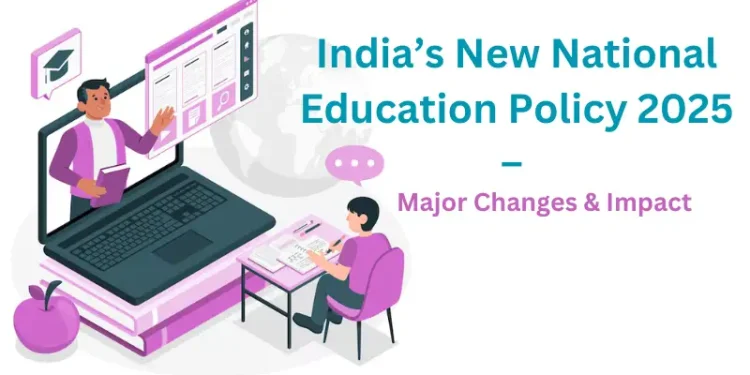🎓 Introduction
India’s education system is undergoing significant reforms to improve quality, accessibility, and relevance in the digital age. By 2025, technology integration and policy changes aim to prepare students for a rapidly evolving global landscape.
📈 Key Reforms
- Implementation of the National Education Policy (NEP) 2020 focusing on holistic, multidisciplinary education.
- Emphasis on critical thinking, creativity, and skill development.
- Expansion of vocational training and skill-based courses.
- Strengthening higher education and research institutions.
💻 Technological Integration
- Widespread adoption of e-learning platforms and digital classrooms.
- Use of AI and adaptive learning tools to personalize education.
- Virtual labs and online assessments enhancing experiential learning.
- Increased focus on bridging digital divide in rural and underserved areas.
⚠️ Challenges
- Infrastructure gaps in remote and economically weaker regions.
- Teacher training and readiness for new pedagogical approaches.
- Ensuring equity in access to quality education.
- Balancing traditional learning with modern technology.
🧠 Final Thought
India’s education system is on a transformative path, aiming to equip students with future-ready skills. Continued reforms and technological adoption will be crucial to achieving inclusive and quality education for all.
































































